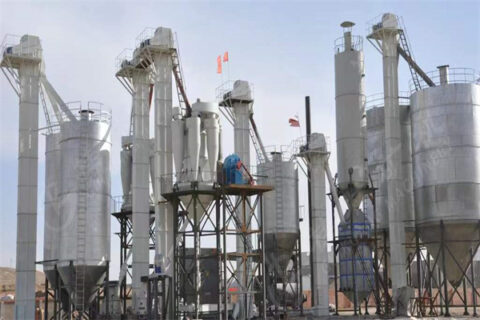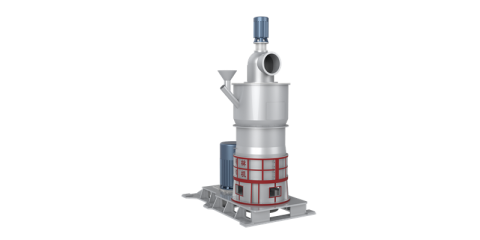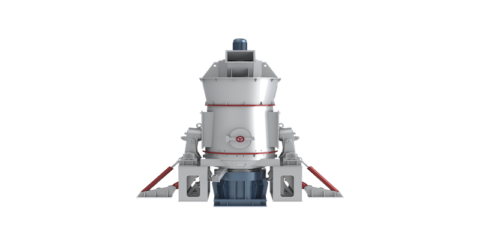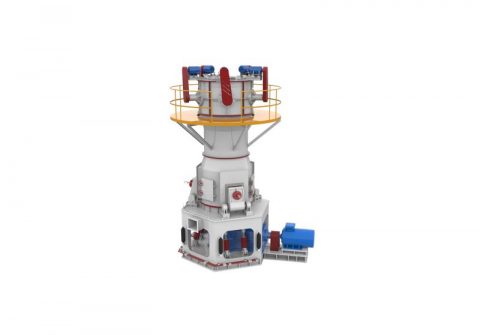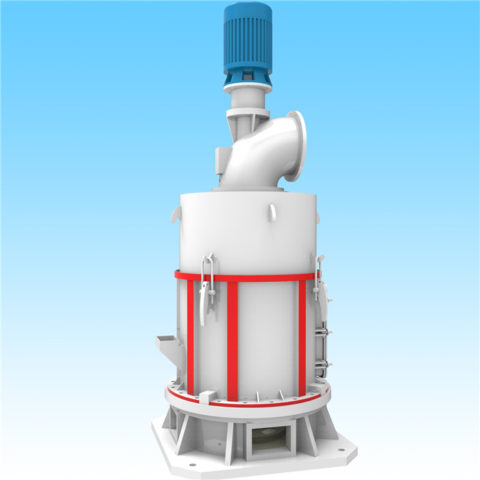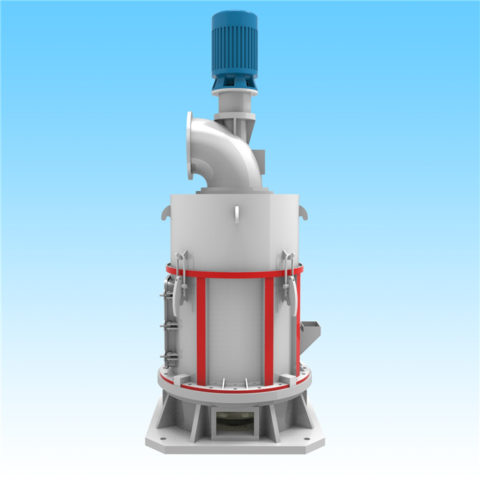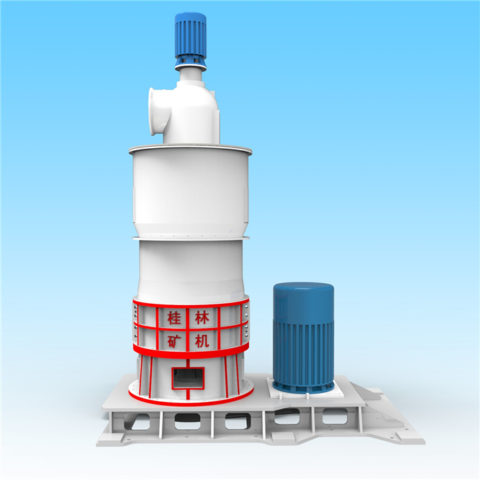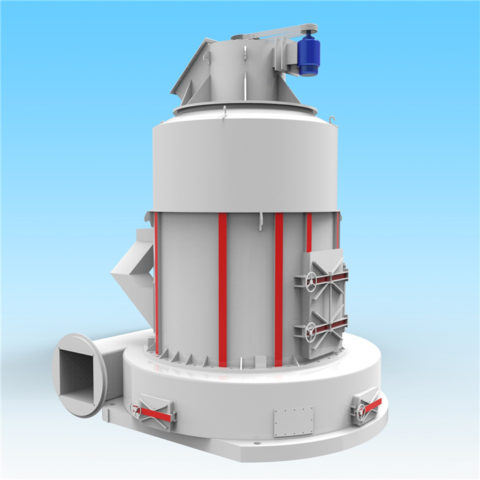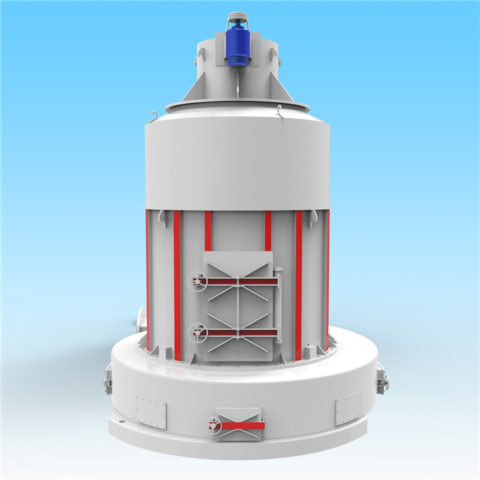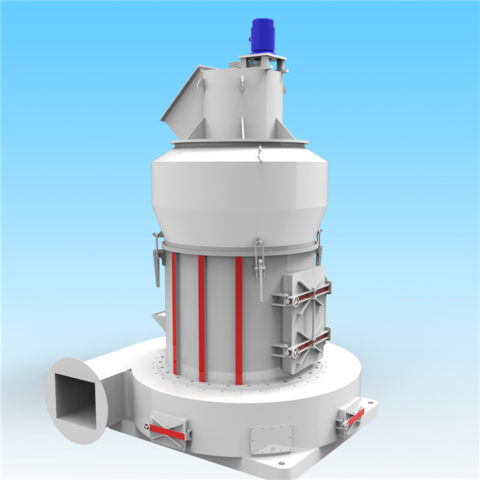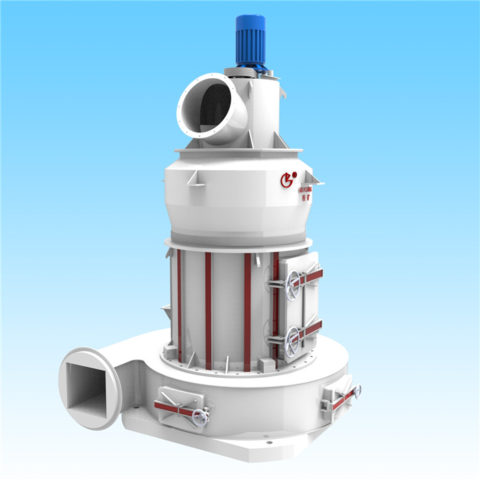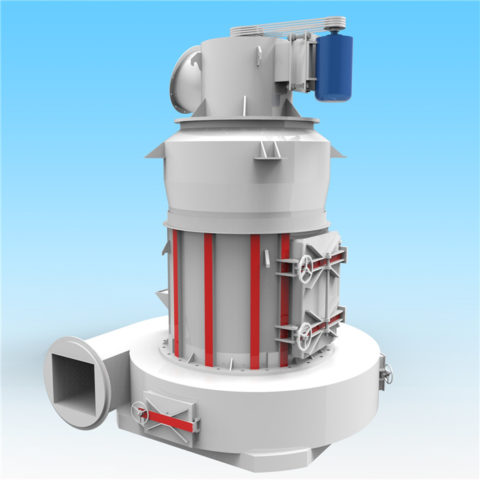Working Principle
The ball mill is a horizontal cylindrical rotating device. The material enters the first bin of the mill uniformly from the feeding device through the hollow shaft of the feeding. The bin has stepped or corrugated liners, and is equipped with steel balls of different specifications. The centrifugal force generated by the rotation of the cylinder will bring the steel ball to a certain height and fall down, causing heavy blows and grinding to the material. After the material reaches the rough grinding in the first warehouse, it enters the second warehouse through the single-layer partition board, and the material is further ground in the warehouse, and the powder is discharged through the discharge grate plate to complete the grinding.
The Raymond mill is added into the machine from the hopper on the side of the machine casing. The grinding roller device suspended on the main machine revolves around the vertical axis and rotates itself. Due to the centrifugal force during rotation, the grinding roller It swings outside and tightly presses the grinding ring, so that the blade scrapes the material and sends it between the grinding roller and the grinding ring. The material is crushed due to the rolling and rolling of the grinding roller.
Structural Aspects
The ball mill is composed of the main parts such as the feeding part, the discharging part, the turning part, and the transmission part. The hollow shaft is made of cast steel, and the inner lining can be replaced. The rotary gear is processed by hobbing of the casting. The cylinder is equipped with a wear-resistant liner, which has good wear resistance.
Raymond mill is mainly composed of main machine, analyzer, fan, finished cyclone separator, fine powder cyclone separator and air duct. Among them, the host is composed of grinding roller, grinding ring, frame, air inlet volute, blade and cover.
Application
Ball mill is the main equipment for crushing materials. It is widely used in cement, new construction materials, refractory materials, fertilizer silicate products, ferrous and non-ferrous metal beneficiation, glass ceramics and other production industries. It can dry or wet grind a variety of ores and other grindable materials.
Raymond mill is widely used in marble, limestone, dolomite, fluorite, lime, barite, calcite, potassium feldspar, talc, activated white clay, activated carbon, cement, phosphate rock, gypsum, glass, insulation materials, etc. Mohs hardness is not more than 9.3, humidity is below 6%, non-flammable and explosive minerals, chemical industry, construction and other industries of more than 280 materials of high-fine milling processing, the final particle size range of 80-325 mesh arbitrary adjustment, part The material height can reach 2000 mesh.

